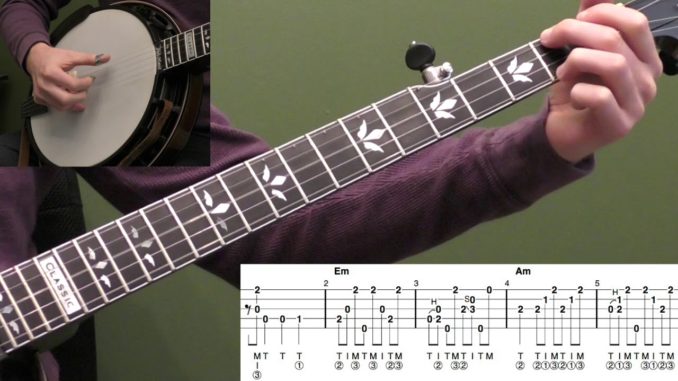
Learning banjo chords can be a fun and rewarding experience. Whether you are a beginner or an experienced player, mastering the different banjo chord shapes is essential to playing the instrument effectively. In this article, we will explore some tips and tricks to help you learn banjo chords and improve your playing. Every beginner banjo player should learn these chords, so explore the chord charts below.
Once you have learned all the chords, head over to our free Banjo Tabs section, to learn how to play all your favorite songs.

Free Chord Chart for Banjo in G Tuning (GDGBD)
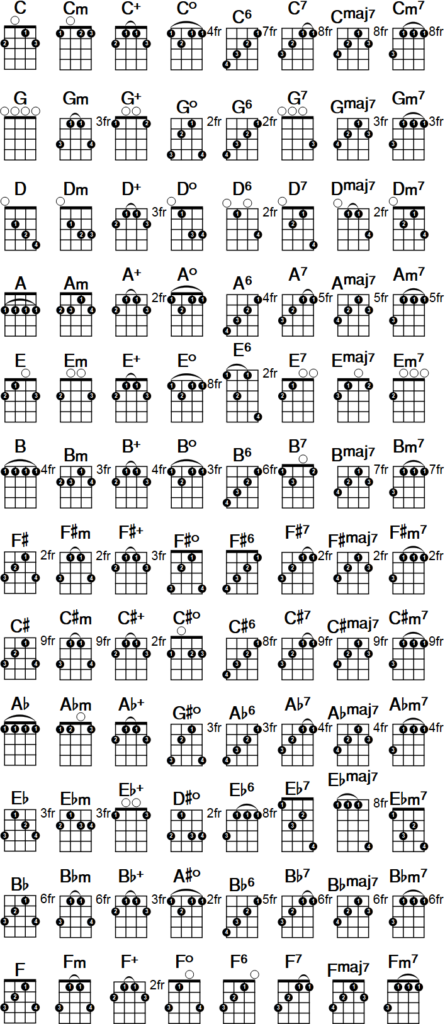
Common Banjo Chords
Banjo Chords by Root Note
Banjo Chords by Type
| 5 | 6 | 7 | 9 | 11 | 13 |
| 6/9 | 7b5 | 7b9 | 7#9 | 7sus4 | add9 |
| aug7 | augmented | dim7 | diminished | m11 | m6 |
| m7 | m7b5 | m9 | madd9 | maj7 | maj9 |
| major | m(maj7) | minor | sus2 |
Learn Banjo Chords
One of the best ways to start learning banjo chords is by mastering the open chords. These chords are played with one or more strings left open, meaning they are not fretted. Some common open chords in banjo playing include G, C, D, and E. These chords are used in many different songs and are a great starting point for beginners.
Another important aspect of learning banjo chords is understanding the different finger positions. The fingers are numbered 1-4, with the index finger being 1 and the pinky finger being 4. When playing chords on the banjo, each finger is assigned a specific fret and string to play. For example, when playing a G chord, the index finger is placed on the second fret of the fifth string, the middle finger is placed on the third fret of the second string, and the ring finger is placed on the third fret of the first string.
One of the best ways to practice your banjo chords is by playing along with songs. This not only helps you to master the chords, but also improves your timing and rhythm. Start by finding a song that you enjoy and look up the chord chart online. Practice playing the chords along with the song until you can play them smoothly and effortlessly.
In addition to practicing along with songs, it’s also a good idea to practice your chords in isolation. This means playing each chord individually, without transitioning to other chords. This allows you to focus on the finger positions and the sound of each chord. As you become more comfortable with each chord, you can start practicing transitions between chords to build up your muscle memory.
Finally, it’s important to remember that learning banjo chords takes time and patience. Don’t get discouraged if you struggle with a particular chord or transition. Keep practicing and you will eventually get it. Also, don’t be afraid to experiment with different chord variations and fingerings. This will help you to develop your own unique style and sound.
In conclusion, learning banjo chords is an essential part of mastering the banjo. By starting with the open chords, mastering finger positions, practicing along with songs, and developing your own unique style, you can become a skilled banjo player in no time. With time and practice, you’ll be playing your favorite songs and impressing your friends and family with your banjo skills.
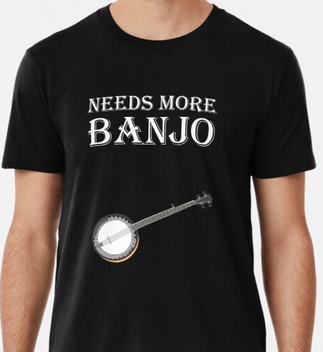
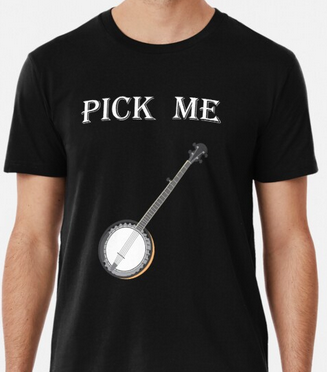
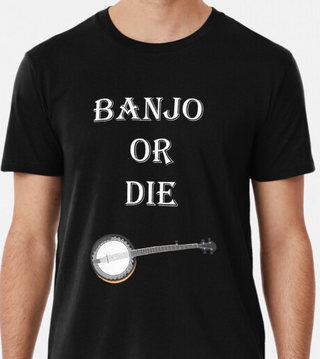
Banjo Links
How to Restring your 5 String Banjo
How to Play Foggy Mountain Breakdown On Banjo
